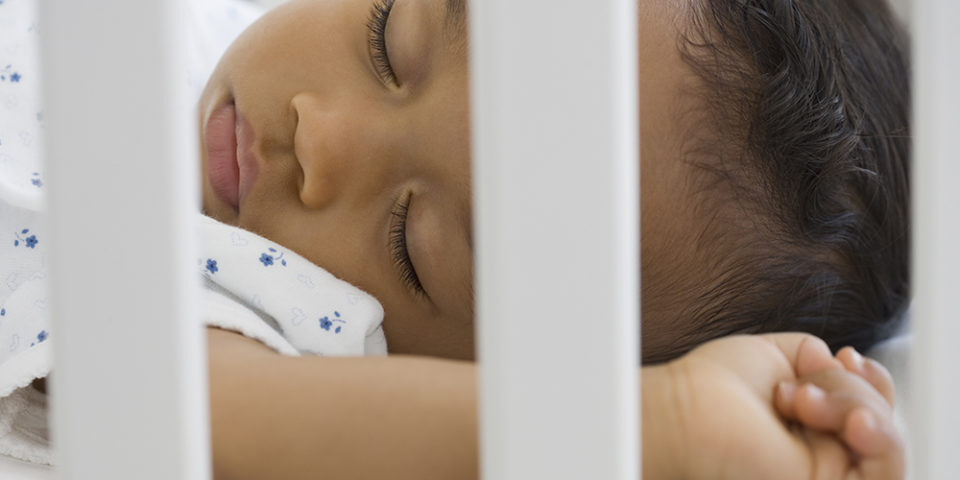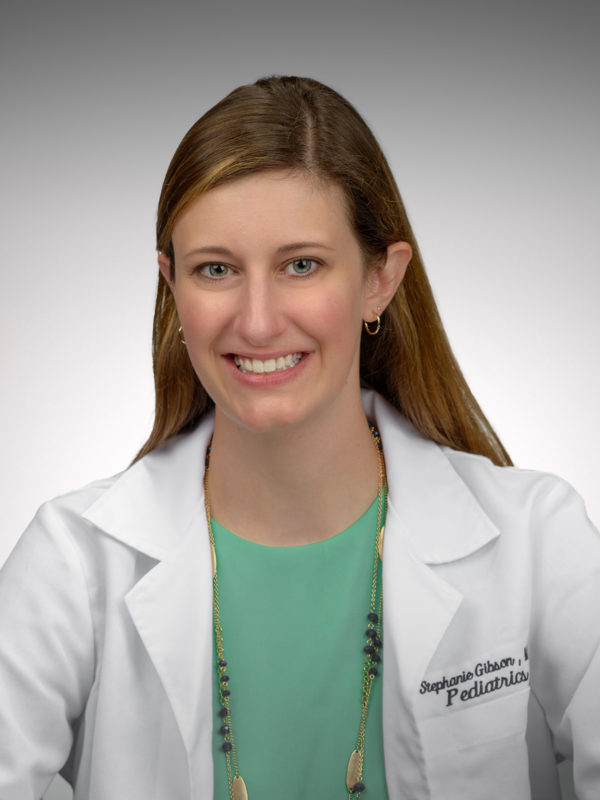Practice the ABCs of safe sleep for your newborn
Last updated on Nov. 8, 2022
For new parents, there is nothing more important than keeping your baby safe – including while they’re sleeping. Stephanie Gibson, MD, shared the ABCs of safe sleeping.
Alone
- Babies should sleep alone in their own safe sleep space such as a crib, bassinet or Pack-n-Play with a firm, flat mattress.
- Sleeping alone means no other people, pets or objects are in the same sleep area. All toys, soft objects, bumper pads, blankets and pillows need to be removed from a baby’s crib. These items are choking and suffocation hazards.
- Never lay a baby down to sleep on an adult bed, chair, sofa, waterbed, air mattress, pillow or cushion.
- Share a room, not a bed. A crib or bassinet near your bed can make it easy to reach your baby so you can breastfeed and bond with the baby. This is safer than risking falling asleep with a baby in bed with you.
Back
- Always put your baby to sleep on their back, both for naps and at night. Placing babies on their backs to sleep is one of the most important ways to prevent sudden infant death syndrome (SIDS). Often a baby is put to sleep safely at first but then is moved to an unsafe sleep position after awakening in the night.
Crib
- A crib, bassinet or pack-n-pack is safer than having a baby next to you in bed.
- It is important to make sure the crib or bassinet is safety approved by the Consumer Products Safety Commission and that the crib is bare.
Following these tips will help provide your baby with a safe sleep environment where they can sleep soundly. In return, you will sleep soundly as well knowing they are safe and secure.
Find the care you need, close to home
Our primary care physicians provide well visits and everyday care when you need it with compassion and expertise.
Find Primary Care Near You

